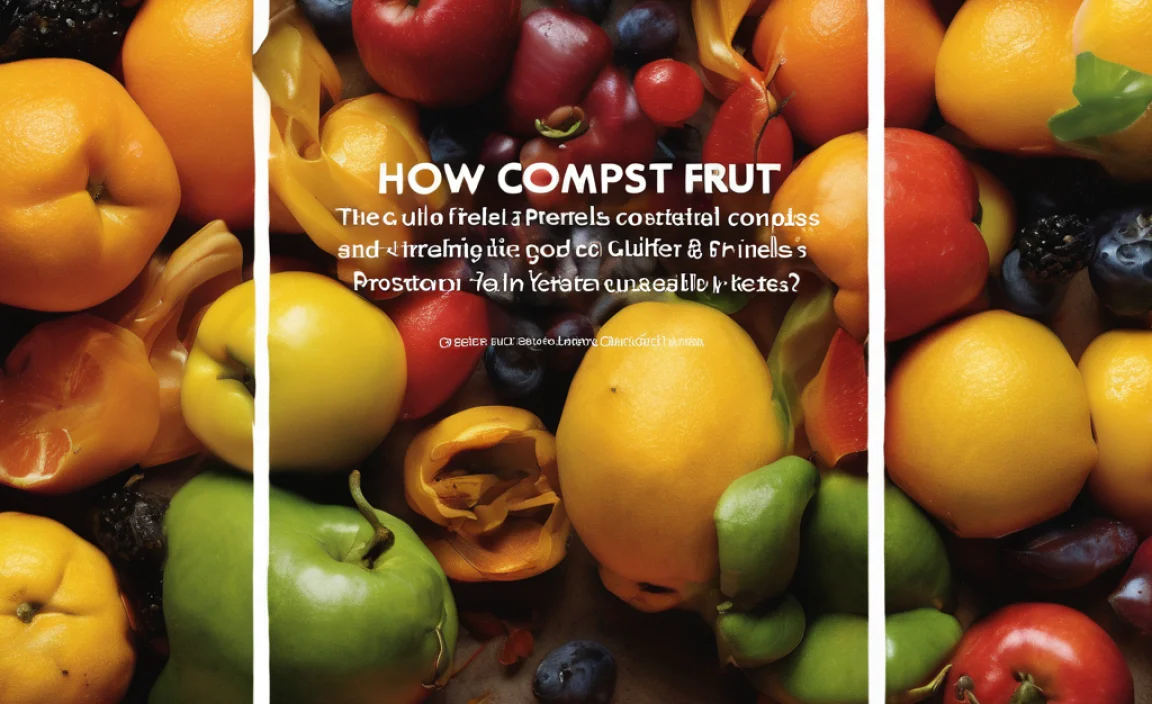Hey there, compost curious friends! Ever felt a bit puzzled by the “magic numbers” in Bokashi composting? You’ve got your scraps, you’ve got your bran, but what’s the right mix? If you’ve wondered about the perfect Bokashi composting ratio, you’re definitely not alone. It’s one of those things that can seem a little intimidating at first, but trust me, it’s much simpler than it appears. We’re going to break it down, nice and easy, so you can get back to turning waste into garden gold with confidence. Ready to master your Bokashi ratios?
Bokashi Composting Ratio: Your Essential Guide
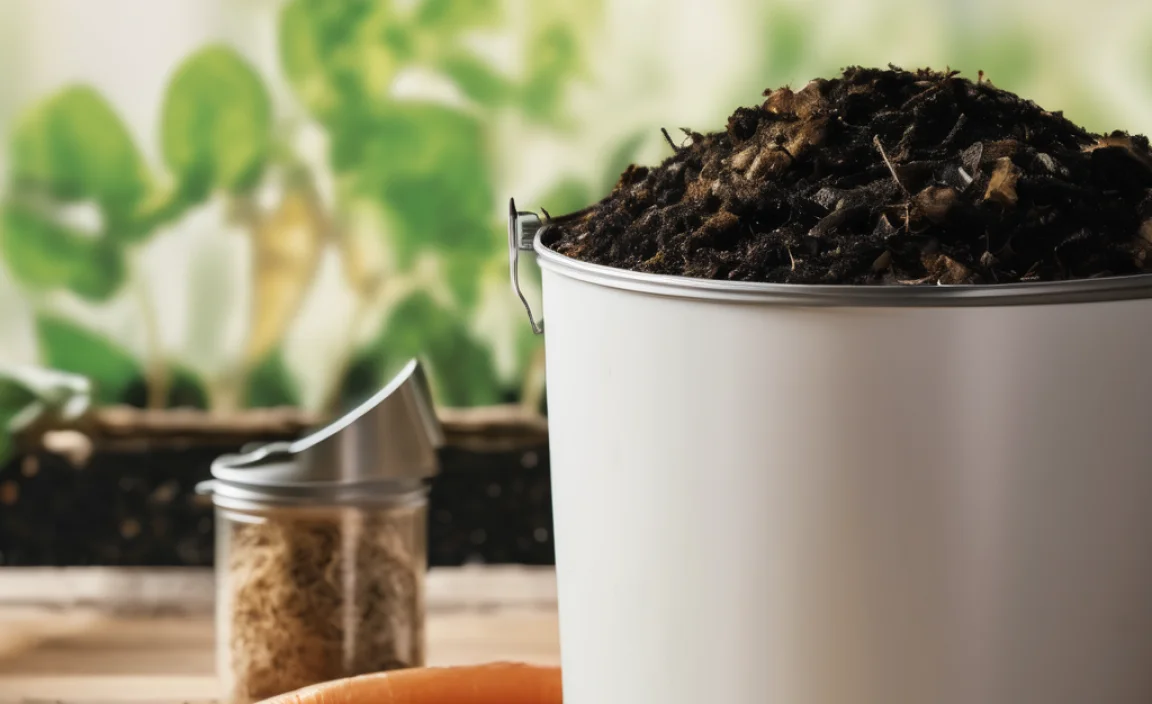
Welcome to your go-to guide on Bokashi composting ratios! If you’re new to Bokashi or just want to fine-tune your process, understanding the right balance is key. This isn’t about complicated chemistry; it’s about getting that sweet spot where your food scraps get happily pickled and transformed with minimal fuss. Think of me as your friendly neighbor who figured this out and wants to share the secrets so you can succeed too!
What Exactly is the Bokashi Composting Ratio?
At its heart, the Bokashi composting ratio is about how much Bokashi bran you use in relation to your food waste. Bokashi bran is the special sauce, so to speak. It’s inoculated with beneficial microorganisms (often effective microorganisms, or EM) that create an anaerobic (oxygen-free) environment. This environment pickles your food waste, breaking it down into a nutrient-rich material that can then be further composted or buried.
Why is this ratio so important? Too little bran, and your waste might not pickle effectively, potentially leading to mold or foul odors. Too much bran might be wasteful and, while generally harmless, isn’t necessary for good results. Getting it right means efficient fermentation, a less smelly process, and ultimately, better compost for your garden.
The Core Components: Food Waste and Bokashi Bran
Before we dive into the numbers, let’s quickly chat about the two main players:
- Food Waste: This is anything generally organic that you’d toss into your regular compost bin. Think fruit and veggie scraps, coffee grounds, tea bags, eggshells, and even some meat and dairy products (unlike traditional composting). The key with Bokashi is that it ferments almost anything organic.
- Bokashi Bran: This is the star of the show! Usually made from wheat or rice bran, it’s coated with a mixture of beneficial microbes like lactic acid bacteria, yeasts, and photosynthetic bacteria. You can buy pre-made Bokashi bran or even make your own if you’re feeling adventurous (though buying is generally easier for beginners!).
Understanding the “How Much” for Bokashi Composting Ratio
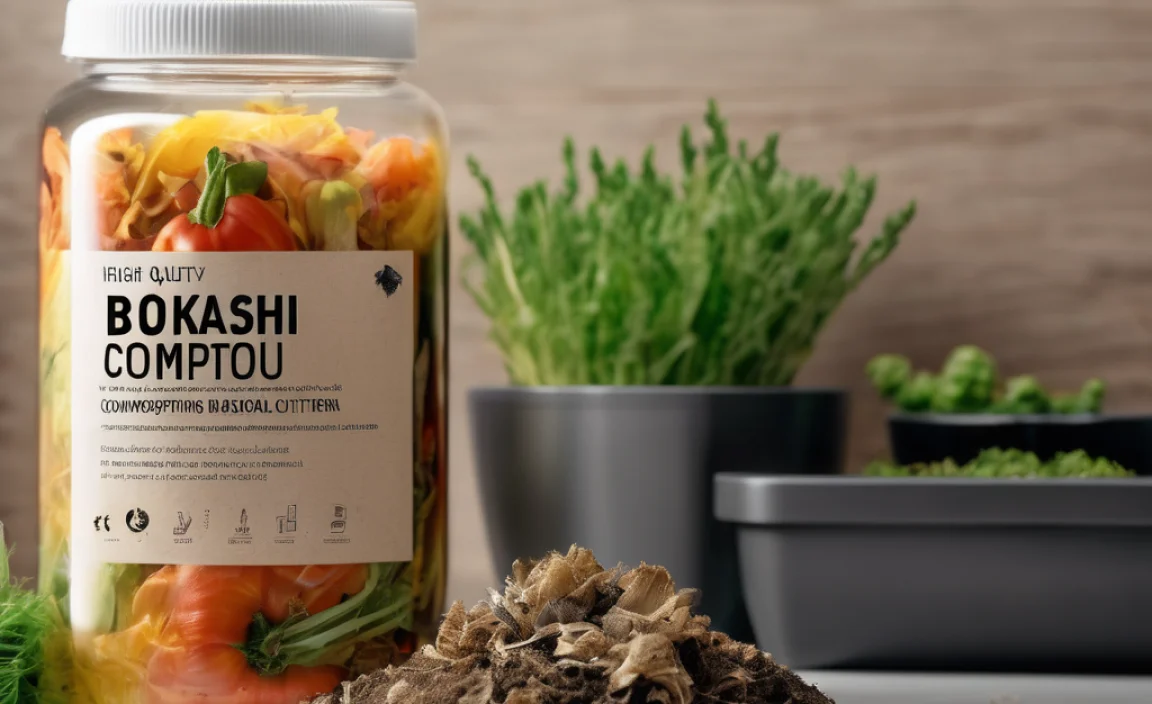
Now, for the nitty-gritty: the ratio itself. The general rule of thumb is quite simple and forgiving. You want to sprinkle a thin layer of Bokashi bran over your food scraps each time you add them to your Bokashi bin.
The Standard Recommendation:
Most Bokashi bran manufacturers recommend using about 1 to 2 tablespoons of Bokashi bran per layer of food scraps you add to your bin. This is a good starting point and works for most household waste.
Think of it this way: every time you add a layer of kitchen scraps (say, a handful of vegetable peels), you sprinkle a little bran on top. You don’t need to measure your waste precisely. It’s more about ensuring each new addition is “kissed” by the microbes in the bran.
Layering is Key
Here’s how the layering works in practice:
- Add Waste: Chop your food scraps into smaller pieces. This helps them break down faster. Put them into your Bokashi bucket.
- Sprinkle Bran: Sprinkle a thin, even layer of Bokashi bran over the top of the food scraps. Aim for that 1-2 tablespoon guideline per handful of scraps.
- Compact: Gently press down the food scraps. This helps to remove air pockets, which is crucial for the anaerobic process Bokashi relies on.
- Seal: Close the airtight lid of your Bokashi bucket securely.
You repeat this process every time you add new scraps, creating layers of waste and bran. This consistent application ensures the fermentation process starts with each new batch of waste you introduce.
What About the “Pickle” Liquid?
Bokashi bins also produce a liquid, often called “tea” or “juice.” This is a byproduct of the fermentation process. The ratio of liquid to solid waste can vary depending on the moisture content of your food scraps. The important thing with the liquid is to drain it regularly – usually every 2-3 days. You can do this by tilting the bin or using the tap if your bin has one.
This Bokashi liquid is incredibly potent and can be diluted to fertilize your plants. A common dilution ratio is 1:100 (1 part Bokashi liquid to 100 parts water). It’s packed with nutrients and beneficial microbes.
For an authoritative look at composting basics and the science behind microbial activity, the U.S. EPA has excellent resources on composting principles. While they might not detail Bokashi specifically, the underlying concepts of decomposition and microbial action are foundational.
Factors Influencing Your Bokashi Composting Ratio
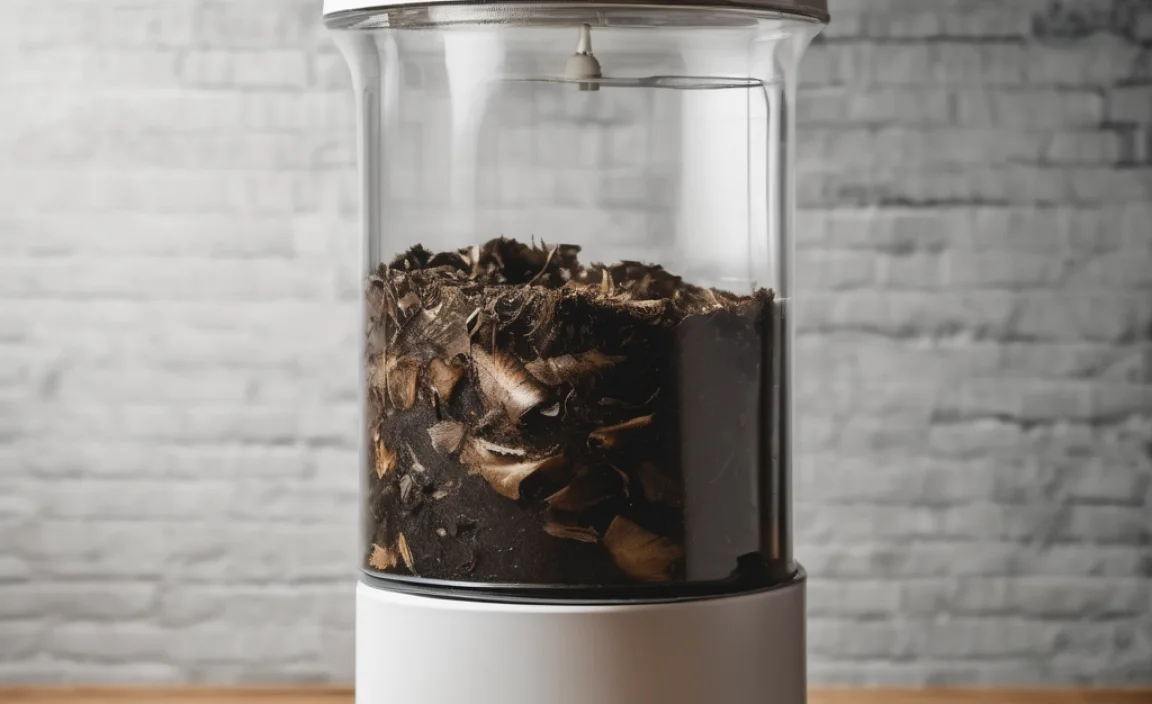
While the 1-2 tablespoons per layer is a solid rule, a few things can influence how you might adjust things slightly:
1. Moisture Content of Your Scraps
- Very Wet Scraps: If you’re adding a lot of very wet things like watermelon rinds or tomato scraps, they might release more liquid. You might find you need slightly less bran per layer, or you can add a tiny bit more bran if it seems too mushy to prevent any off-smells (though this is rare). The primary goal is still to cover the surface.
- Very Dry Scraps: If you’re adding a lot of dry things like coffee grounds or dry bread, they might absorb more moisture. You might find yourself adding a little extra bran to ensure it coats everything well and to help with the fermentation magic.
2. Type of Food Waste
Bokashi is known for accepting a wide range of food waste, including meat, dairy, and cooked foods. The bran’s microbes are robust enough to handle these. You don’t typically need to change the bran ratio based on whether you’re adding chicken bones or leftover pasta. The bran’s job is to create the right environment for fermentation, regardless of the specific food item.
3. The Size of Your Bokashi Bin
Larger bins will naturally hold more food waste, meaning you’ll use more bran over time. The ratio remains consistent: it’s about bran per layer of waste added, not per total volume of the bin. Each time you add to the bin, you add bran to that new layer.
4. The Bran Itself
Different brands of Bokashi bran might have slightly different microbial concentrations. However, the recommended usage on the packaging is usually what you should start with. The 1-2 tablespoon per layer guideline is a good general rule that applies across most products.
Troubleshooting Common Bokashi Ratio Issues
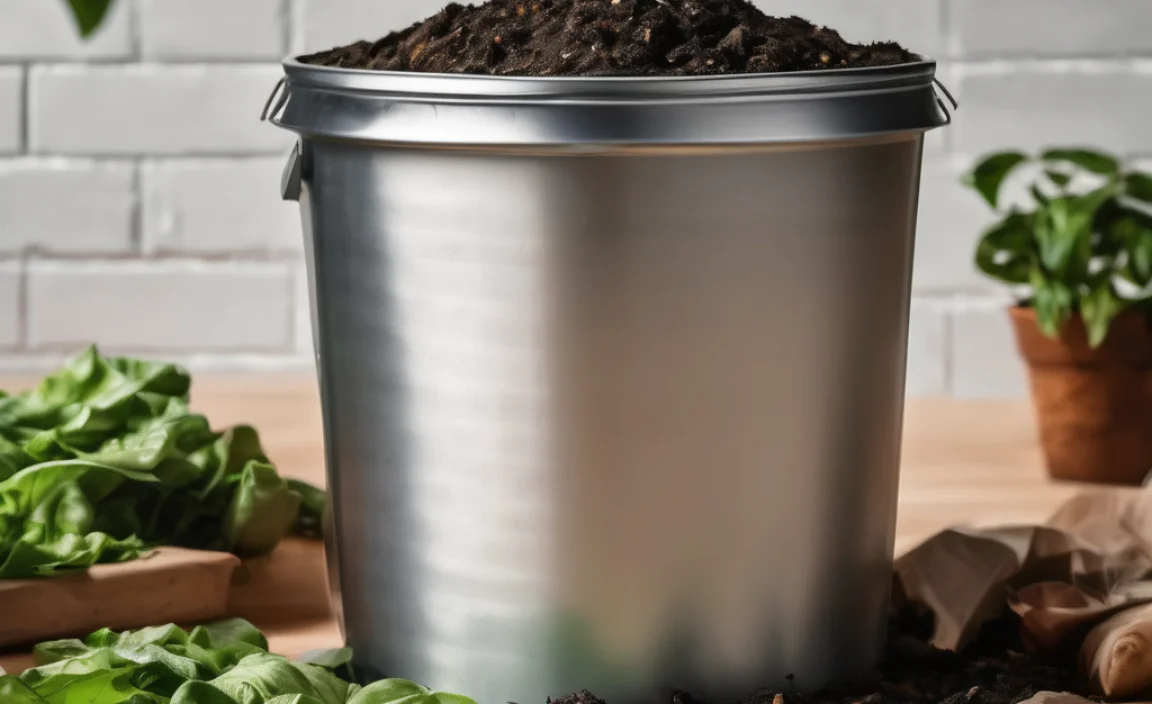
Even with the best intentions, sometimes things don’t go perfectly. Here’s how to troubleshoot if you suspect your Bokashi composting ratio might be off:
Issue: Unpleasant Smells (Beyond the usual sour/vinegary scent)
Possible Ratio Cause: Not enough bran was used, or the waste wasn’t properly compacted, allowing air in.
Solution: Ensure you’re sprinkling a decent layer of bran to cover all new scraps. Press down firmly to remove air pockets. If the smell persists, you might need to add a bit more bran to the current layer and ensure the lid is sealed tightly.
Issue: Slimy or Moldy Waste (Not the good kind of fermentation)
Possible Ratio Cause: Again, likely insufficient bran or poor sealing. Too much moisture without enough microbial activity to process it can also lead to these issues.
Solution: Double-check your bran application. Make sure you’re covering the waste. Also, drain the liquid more frequently. Sometimes, adding a little extra bran can help rebalance the microbial environment. You want a sour, fermented smell, not a rotten one.
Issue: Very Little (or No) “Tea” Production
Possible Ratio Cause: The food waste might be too dry, or perhaps the bin isn’t sealed properly, leading to evaporation instead of fermentation.
Solution: Ensure your Bokashi bin lid is sealing tightly. If your food scraps are particularly dry (e.g., mostly coffee grounds), you can add a tiny splash of water to help kickstart the process, but don’t overdo it. The bran is designed to work with the moisture already present in most kitchen scraps.
When to Use More or Less Bran?
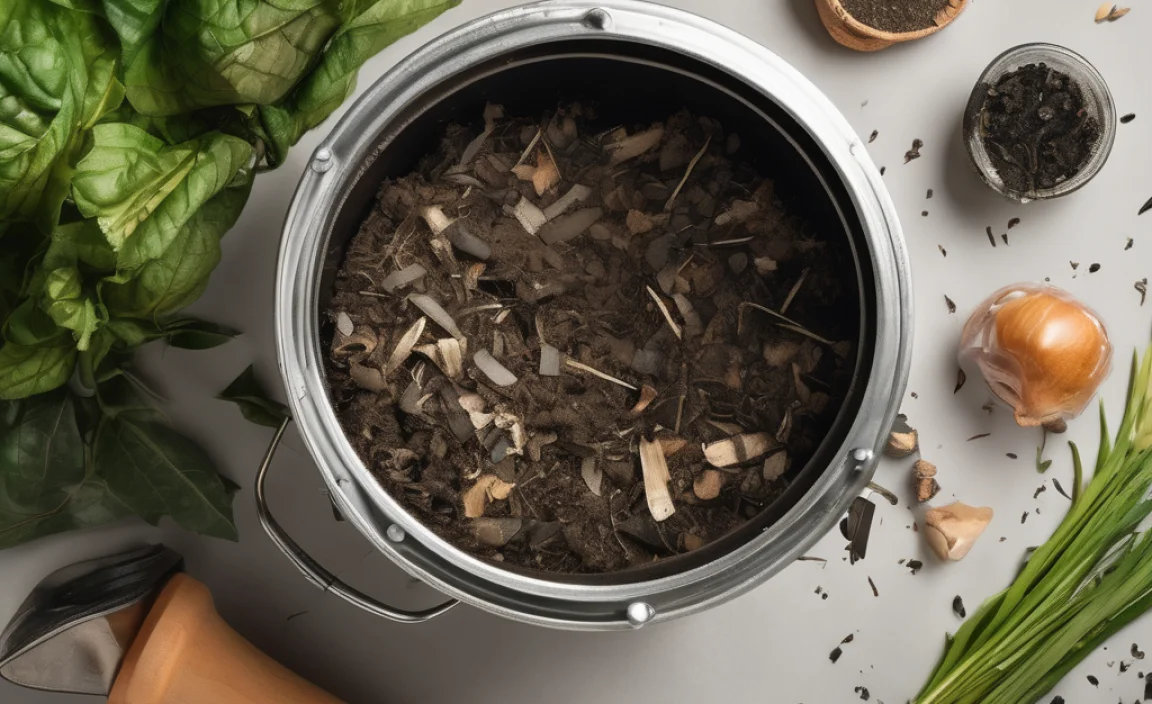
Let’s break down when you might lean towards the higher or lower end of the recommended ratio, or even slightly adjust it.
When to Use Closer to 2 Tablespoons (or slightly more):
- When adding a large volume of new scraps in one go.
- When your scraps are particularly dry.
- If you’ve had issues with off-smells in previous batches and want to be extra sure you’re creating a robust microbial environment.
- When adding materials that might be prone to spoiling quickly if not fermented properly (like meat scraps).
When to Use Closer to 1 Tablespoon (or what seems sufficient):
- When you’re adding only a small amount of scraps (e.g., just a few onion skins).
- When your scraps are already quite moist.
- Once you’ve gotten a feel for the process and your system is working well.
Remember, Bokashi is a forgiving process. Small deviations in the amount of bran will rarely cause outright failure. It’s more about consistency in applying a reasonable amount to each new layer.
The Importance of Covering and Compacting
Beyond the sheer amount of bran, what you do with it is critical. Even if you use the “perfect” amount, if it’s not applied correctly:
- Coverage: Ensure the bran is spread evenly over the food scraps. If you dump a big gob of scraps in without spreading the bran thinly, the parts not covered won’t ferment properly.
- Compacting: Pressing down the scraps pushes out air. This is vital because Bokashi works anaerobically. Air is the enemy of Bokashi fermentation and can lead to the wrong kinds of microbes taking over, causing smells and spoilage.
Bokashi Ratio in a Nutshell: A Quick Reference Table
To make things super clear, here’s a handy table summarizing the core ratio concepts:
| Scenario | Recommended Bokashi Bran Usage | Key Action |
|---|---|---|
| Standard Layer of Food Scraps | 1-2 Tablespoons per layer | Sprinkle evenly, press down, seal lid. |
| Large Volume of Scraps | Lean towards 2 Tablespoons (or slightly more) | Ensure even coverage, compact thoroughly. |
| Small Volume of Scraps | Lean towards 1 Tablespoon (or enough to cover) | Don’t overdo it, but ensure contact. |
| Very Dry Scraps | Slightly more bran; consider a tiny splash of water. | Ensure enough “food” for microbes, encourage moisture. |
| Very Moist Scraps | Standard 1-2 Tablespoons or slightly less if very wet. | Prioritize good compaction to squeeze out air. |
| After a Smell Issue | Add an extra sprinkle of bran. | Focus on tight sealing and ensuring adequate microbial coverage. |
Beyond the Ratio: Tips for Bokashi Success
Mastering the Bokashi composting ratio is a big step, but here are a few more tips to ensure your Bokashi journey is a smooth one:
- Chop Your Scraps: Smaller pieces ferment faster and more evenly.
- Seal Firmly: An airtight seal is non-negotiable for anaerobic fermentation. Check your lid’s gasket and ensure it’s clean.
- Drain Regularly: Don’t let that liquid sit too long. Frequent draining prevents anaerobic bacteria from thriving in the liquid layer.
- Be Patient: The fermentation process typically takes 2 weeks. After that, the fermented solids need to be buried in soil or added to a traditional compost pile to finish breaking down.
- Bury Properly: When burying the fermented material, mix it well with soil or existing compost. Ideally, bury it at least a few inches deep to prevent attracting pests and to allow soil microbes to finish the job. For more on burying Bokashi compost, resources like Savvy Urban Homestead offer practical advice.
Conclusion: Your Confident Bokashi Ratio Journey
See? You’ve got this! Understanding the Bokashi composting ratio is all about consistency and a little bit of common sense. By applying roughly 1 to 2 tablespoons of Bokashi bran over each layer of food scraps you add, ensuring it covers the waste, and then compacting and sealing your bin, you’re well on your way to successful Bokashi composting.
Bokashi is a fantastic way to divert food waste from landfills and create nutrient-rich material for your garden. It’s forgiving, efficient, and surprisingly simple once you get the hang of the basic ratio and layering technique. Don’t stress about perfection; focus on the process, and you’ll soon be a Bokashi pro, happily transforming your kitchen scraps into valuable compost. Happy composting!
Bokashi Ratio FAQs
Here are some quick answers to common questions about Bokashi ratios:
Q1: How much Bokashi bran do I really need?
A1: The general rule is 1 to 2 tablespoons of Bokashi bran sprinkled over each layer of food scraps you add to your bin. It’s more of an art than an exact science – aim for good coverage!
Q2: Can I use too much Bokashi bran?
A2: While it’s unlikely to cause major problems, using excessive amounts of bran is wasteful. The microbes will only do so much. Stick to the recommended amount to get the best results without overspending.
Q3: What if my Bokashi smells bad? Is it the ratio?
A3: Bad smells (like rotten eggs or ammonia) can sometimes point to an issue with too much air in the bin or not enough bran. Ensure your lid is sealed tightly and that you’re covering your scraps well with bran. A sour, vinegary smell is normal and indicates a healthy fermentation.
Q4: Do different types of food waste require different ratios?
A4: No, Bokashi is designed to handle a wide variety of food waste, from fruits and veggies to meat and dairy. The Bokashi bran ratio generally stays the same regardless of the food type.
Q5: How often should I add Bokashi bran?
A5: You should add Bokashi bran every single time you add a new layer of food scraps to your bin. This ensures the microbes are present to start fermenting the fresh waste immediately.
Q6: My Bokashi bin isn’t producing any liquid. Is my ratio wrong?
A6: This is usually related to the moisture content of your food scraps or a poor seal, not necessarily the bran ratio. If scraps are very dry, you might need a tiny bit of water. Make sure the lid is airtight so moisture doesn’t evaporate.
Q7: Should I measure my food waste before adding the bran?
A7: No, precise measurement isn’t necessary for Bokashi. Think of it in terms of layers. A handful of scraps gets a small sprinkle of bran. It’s about ensuring the bran is distributed over whatever waste you add.

